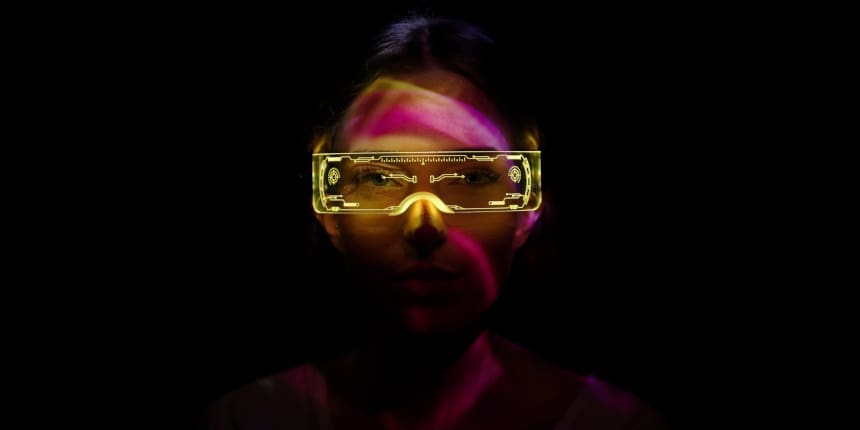
 Metaverse-101-the-future-of-digital...
Metaverse-101-the-future-of-digital... 
At the end of October last year, Facebook announced it was changing its name to Meta to more appropriately reflect everything it encompasses. In that announcement, Mark Zuckerberg talked about their planned role in the metaverse. Now that the dust is beginning to settle, it’s time to ask “What is the metaverse?” and explore how businesses and brands are seeking to adapt and capitalize.
In the most fundamental sense, the metaverse is a collection of 3D virtual worlds designed to foster social interaction. The word is frequently used in futurism and science fiction to represent a potential manifestation of the internet as a single, universal environment accessed via virtual reality (VR) and augmented reality (AR). The term was first used in the sci-fi novel Snow Crash, by Neal Stephenson, in 1992.
Now, 30 years after that book was written, we’re seeing some real aspects of the metaverse begin to take shape. One of the most obvious industries being affected by the metaverse is financial services. We’re seeing early metaverse communities introducing new cryptocurrencies like Decantraland (MANA), Solana (SOL), and Sandbox (SAND). These crypotcurrencies, among others, have a market capitalization of billions, demonstrating the real impact crypto has on today’s financial markets—and on the future of the metaverse, as well. These coins are even giving the other cryptocurrencies like Bitcoin and Ethereum a run for their money.
Some consumer brands have begun their entry into the metaverse, with varying levels of depth. Nike has begun its experimentation in the popular game Roblox, setting up the NIKELAND environment. Adidas has begun an NFT (non-fungible token) marketplace offering both digital and physical goods and experiences. Fashion retailer H&M, meanwhile, may have also opened its first store in the metaverse CEEK City, though this was quickly denied just a couple days later.
At the recent Consumer Electronics Show, CES 2022, Samsung announced the opening of its store in Decantraland with Samsung 837X, featuring exclusive NFTs. The announcement came complete with a virtual reality dance party, and Samsung is now plotting exactly how to tell its brand stories in evermore innovative and engaging ways. Indeed, many brands are beginning to realize the value of blending the real world with the metaverse—and not only in cryptos and NFTs:
- The metaverse appears set to transform several sectors through wearables; devices that transport users to a separate virtual world from the comfort of their own homes. In the future, these digital worlds will become more and more immersive, but are already available for use today with wearable devices such as Oculus.
- Education will expand into new, more interactive forms. Students will be able to work through courses and modules at their own pace, interact with tutors and peers in more meaningful ways, and expand their horizons beyond what is currently achievable with standard syllabi.
- After-work activities such as going to the movies or simply hanging with friends will be possible in the virtual world. Virtual concerts and other mass-participation events are already being experimented with.
In short, the metaverse’s potential to impact your marketing strategies is endless. It will become a place where a huge spectrum of activities, businesses, and even entire economies will co-exist, blending the real world with a digital, virtual world that will continually iterate towards its next version.
Want to know more? Don’t miss the metaverse episode of our podcast, Into the Metaverse of Madness, in which we take a much deeper dive into the implications of Meta’s announcement.
